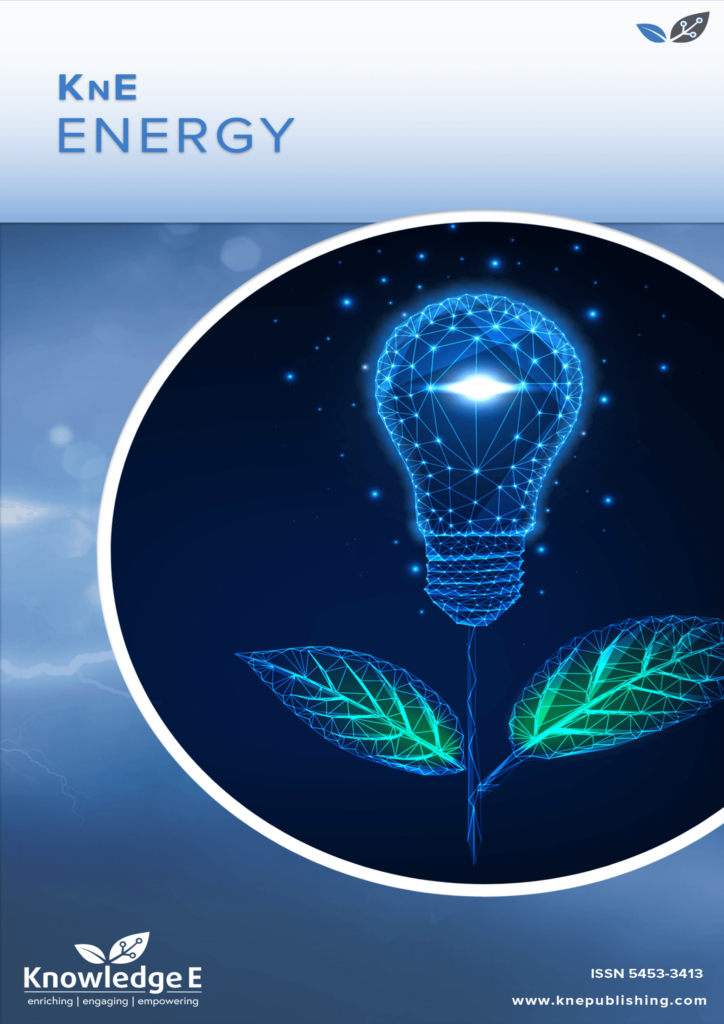
KnE Energy
ISSN: 2413-5453
The latest conference proceedings on energy science, applications and resources
Fatigue Strength Evaluation Of Pressurizer Wall Structure In Pressurized Water Reactor
Published date: Sep 20 2016
Journal Title: KnE Energy
Issue title: International Conference on Nuclear Energy Technologies and Sciences (2015)
Pages: 29-37
Authors:
Abstract:
Fatigue strength evaluations have been performed to the pressurizer component in Pressurized Water Reactor. Fatigue is the main failure mechanism of material during system in operation. Therefore, this evaluation becomes important to be performed since the pressurizer has a very important function in the reactor’s system. Analysis was performed by using Nuclear Power Plant operation data from 40 years operation and base on Miner theory. This analysis covered all stress level experienced by the reactor during the service. To determine the value of fatigue usage factor a, fatigue curve of SA 533 material was applied. Analysis results show that the cumulative fatigue damage during 40 years in operation is 4,23×10-4. This value still far enough below failure criteria, which a value is 1. Therefore, the pressurizer design has already fulfilled the design qualification in term of fatigue aspect.
References:
[1] R. Zarghami, et. al., “The Dynamic Modelling of the Pressurizer Surge Tank Transients in Light Water Reactor Nuclear Power Plants”, Iranian J. of Science & Technology, Transaction B, Engineering, Vol. 29, 483 – 491, 2005
[2] S. Suresh, “Fatigue of Materials”, Cambridge University Press, 1998.
[3] Chin-Cheng Huang and Ru-Feng Liu, “Structural integrity analyses for preemptive weld overlay on the dissimilar metal weld of a pressurizer nozzle”, International Journal of Pressure Vessels and Piping, Vol. 90–91, 77–83, 2012.
[4] W. A. Van Der Sluys and R. H. Emanuelson, “Fatigue Crack Growth In Reactor Pressure Vessel Materials And Light Water Reactor Environments”, Nuclear Engineering and Design, Vol. 119, 379-388, 1990.
[5] J. Y. Huang, et. al., “Fatigue crack growth behavior of reactor pressure vessel steels in air and high-temperature water environments”, International Journal of Pressure Vessels and Piping, Vol. 85, 772–781, 2008.
[6] C. Ensel, et. al., “Stress analysis of a 900 MW pressurizer surge line including stratification effects”, Nuclear Engineering and Design, Vol. 153, 197-203, 1995.
[7] _______, “Rules for Construction of Nuclear Power Plant Components”, ASME Boiler and Pressure Vessel Code, Section III, 2004.
[8] S. Kocanda, “Fatigue Failure of Metals”, Sijthoff & Noordhoff International Publishers, 1995.
[9] ______, Effects of LWR Coolant Environments on Fatigue Design Curves of Carbon and Low-Alloy Steels, NUREG/CR-6583.
[10] Roziq Himawan, “Respon Panas Transien Dinding Bejana Pressurizer Pada Saat Proses Penyemprotan”, Prosiding Seminar Nasional Teknologi Energi Nuklir 2014, Juni 2014.
[11] G. Yagawa and S. Yoshimura, “A study on probabilistic fracture mechanics for nuclear pressure vessels and piping”, Int. J. of Pressure Vessel & Piping, Vol. 13, 97-107, 1997.
[12] Dixon A. G., et al., “Systematic Mesh Development for 3D CFD Simulation of Fixed Beds: Single Sphere Study”, Journal of Computer and Chemical Engineering, Vol.35, Issue 7, pp.1171–1185 (2011).
[13] Dehbi A. and Martin S., “CFD Simulation of Particle Deposition on An Array of Spheres Using an Euler/Lagrange Approach”, Journal of Nuclear Engineering and Design, Vol.241, pp.3121–3129 (2011).
[14] Kuijper J. C. et al., “HTTR-N Reactor Physics and Fuel Cycle Studies”, Proceeding of 2nd International Topical Meeting on High Temperature Reactor Technology, September 22-24, Beijing (2004).
[15] IAEA-TECDOC-1382, “Evaluation of High Temperature Gas Cooled Reactor Performace: Benchmark Analysis Related to Initial Testing of The HTTR and HTR-10”, IAEA, November, Vienna (2003).